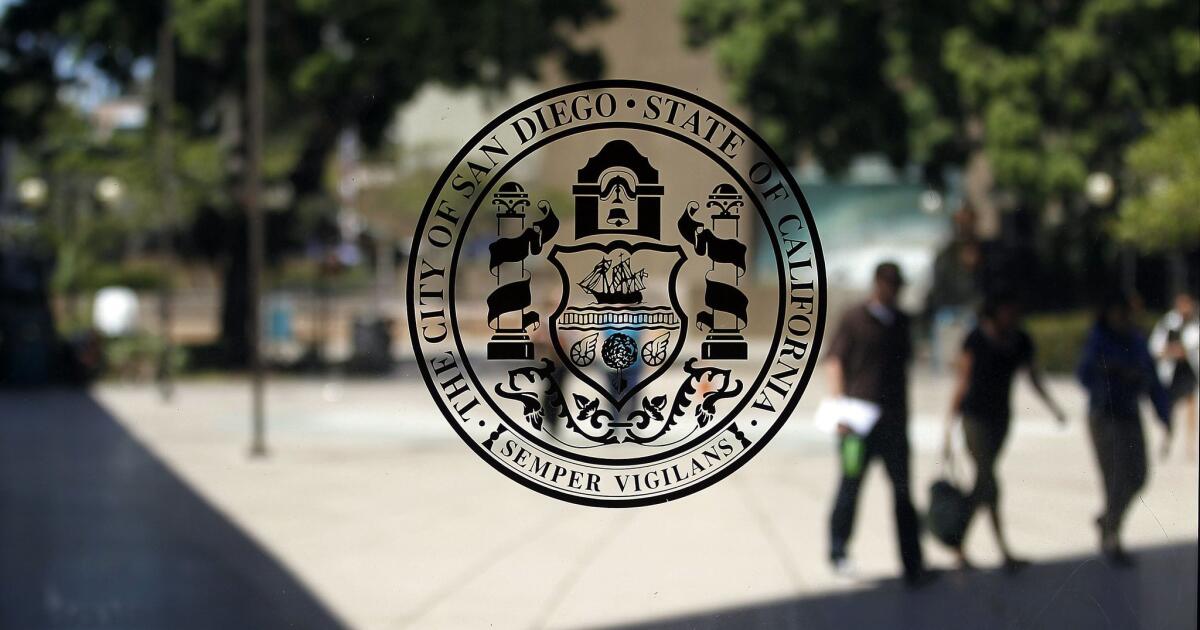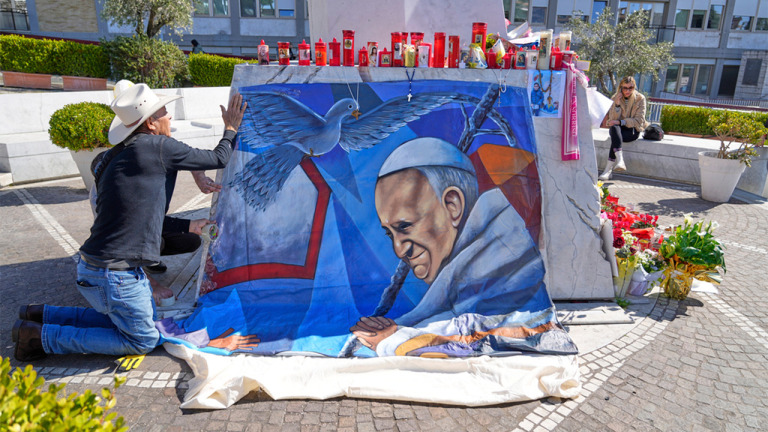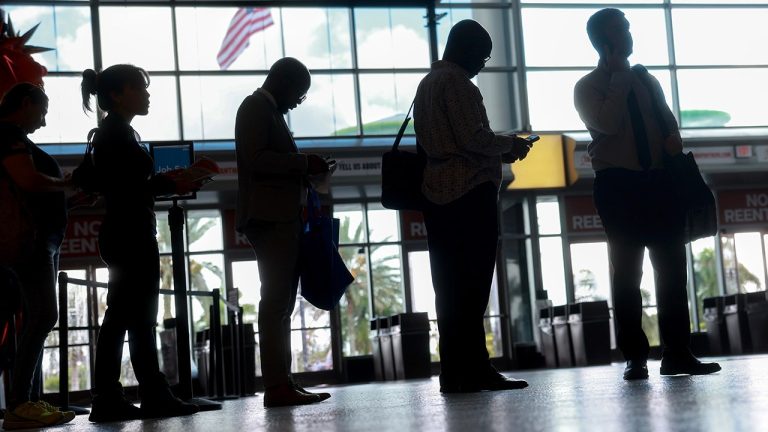

Retirees in San Diego’s city pension system got annual bonuses totaling $7.3 million in November — a new record for the 43-year-old holiday program that surpassed $150 million in payouts this year.
Critics say the city’s pension system, which is facing more than $3 billion in debt, should invest the bonus money to help reduce that debt instead of doling it out to eligible retirees.
The amount each retiree can receive was capped in 2004 after a city pension scandal earned San Diego the nickname Enron-by-the-Sea.
The pension system also disqualified workers who started after 2005 — but workers who started before that couldn’t be disqualified because the bonuses are a vested benefit.
Despite the cap and the 2005 rule, the program’s total payout amount continues to rise each year. And when all the payments since 1980 are added together, they total more than $150 million.
That’s because the annual payout is based on a formula that compares the pension system’s investment earnings each year to the costs to operate the pension system.
If the difference between those two amounts is large enough, there is an annual payout. And the amount of the payout is based on how large the difference is.
Investment earnings for the system during the fiscal year that ended in June were $473.2 million, while operating costs were $203.8 million — a difference of $269.4 million.
Bonuses have been awarded in every year since 1984 except for 2003, 2009 and 2012. They were initially conceived as an antidote to rampant inflation in the late 1970s, which was eating into the value of retiree benefits.
The $7.3 million total payout figure includes retirees who worked for the San Diego Unified Port District and the Airport Authority, because the city’s system handles their pensions.
It also includes payouts to late retirees’ surviving spouses and bonuses to be paid in the future to participants in the city’s deferred retirement option plan. For DROP members, who keep working for up to five years after officially retiring, the payouts are deposited in their retirement accounts to be collected once they stop working.
Even though the total payout has risen each year, the average individual bonus payout to retirees now collecting pensions has been declining slightly in recent years as it gets divided among more people.
For retirees now receiving pension payments, the average individual payout dropped from $716 in November 2021 to $713 in November 2022 and to $710 last month.
The largest payout to a retiree now receiving a pension this year was $1,619, down from $1,763 in both 2021 and 2022. The smallest was just over $13 each of the last three years.
The number of retirees receiving pensions who got payouts has risen from 8,221 in 2021 to 8,470 in 2022 and to 8,572 this year, according to Susan St. John, the pension system’s associate general counsel.
While the bonus is included in the monthly check retirees receive in November, some critics have called it a “13th check” because it is a payout that goes beyond the 12 monthly pension checks retirees receive each year.
The 2004 cap limits bonuses to $30 for every year of service for workers who retired after June 30, 1985. If such an employee had 30 years of city service, they could not get a bonus larger than $900.
For workers who retired earlier, the cap is $75 per year of service.
The city’s effort to create the cap resulted in litigation and an eventual $10 million settlement with affected workers.
For retirees who worked for the port or the airport, the date the $30 cap kicks in is different: October 2005 for the port and October 2006 for the airport.
Jessica Taylor, a spokesperson for the pension system, noted that the average annual pension benefit for the system was about $60,000 for the fiscal year that ended in June.





